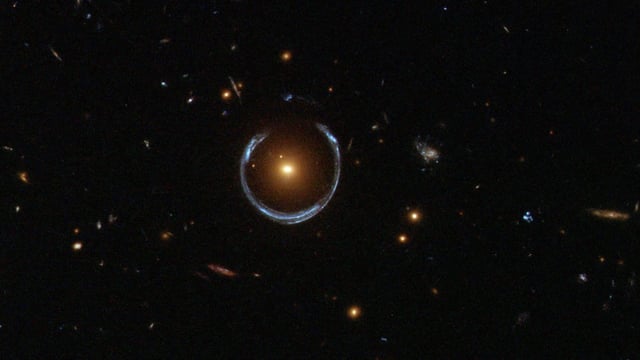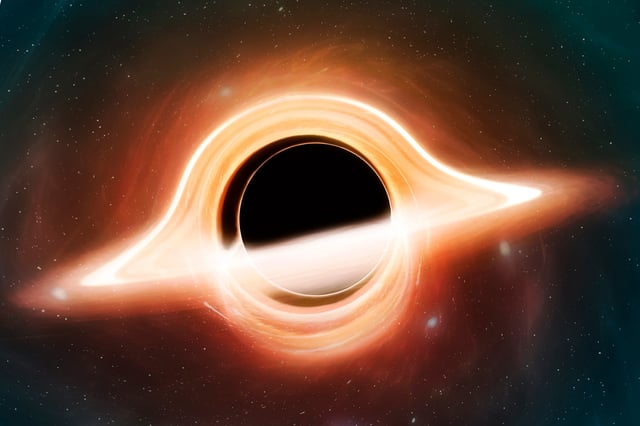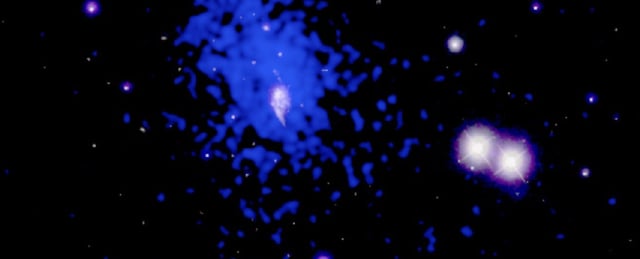Overview
- A peer-reviewed August 2025 study in MNRAS reports a 36-billion-solar-mass black hole at the center of LRG 3-757, also known as the Cosmic Horseshoe, about five billion light-years from Earth.
- The team used strong gravitational lensing combined with stellar kinematics to obtain a direct and robust mass measurement for this dormant, non-accreting system.
- Researchers assert that this result may be the most confidently confirmed ultramassive black hole to date, offering greater certainty than emission-based estimates for objects like TON 618.
- The host galaxy’s classification as a fossil group suggests that hierarchical galaxy and black hole mergers drove the ultramassive black hole’s growth.
- Plans are underway to deploy the combined lensing-plus-kinematics technique on ESA’s Euclid survey and other wide-area datasets to uncover more hidden giants and refine galaxy evolution models.


